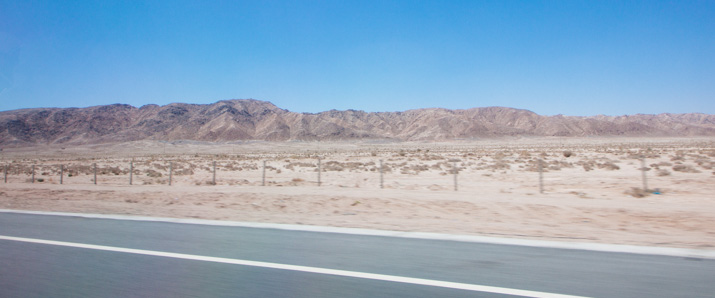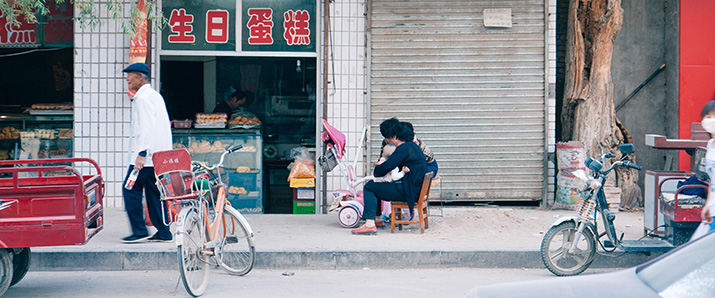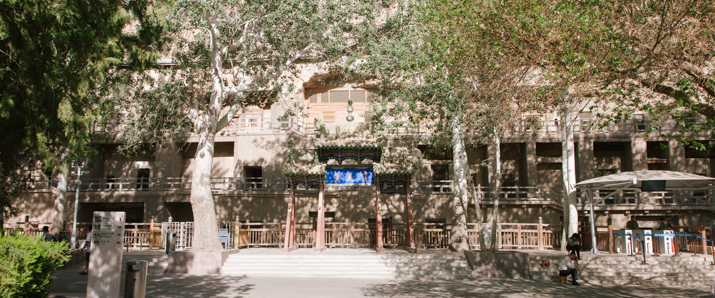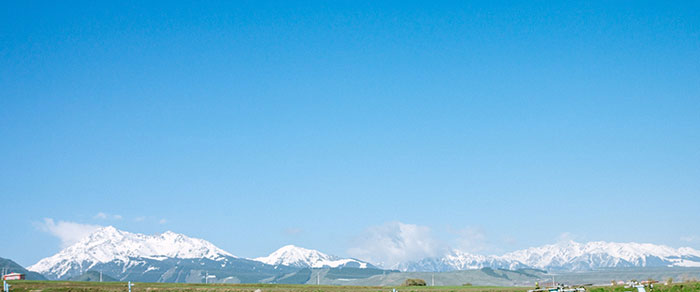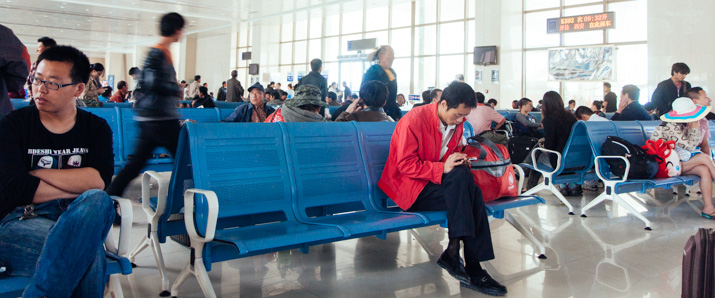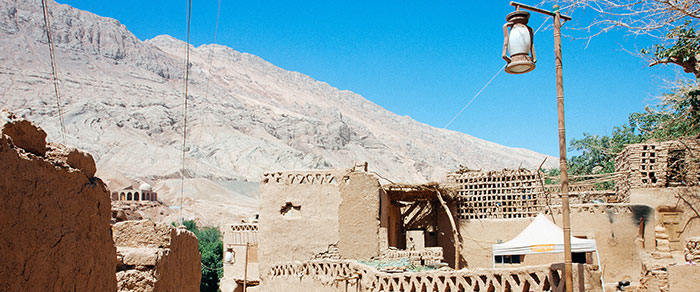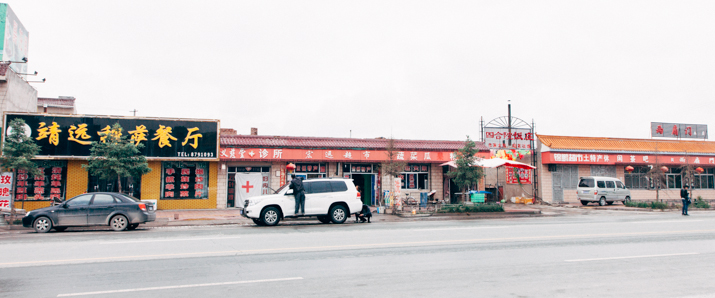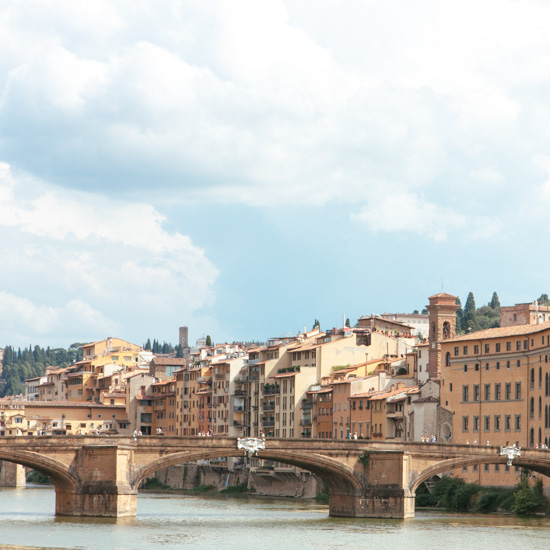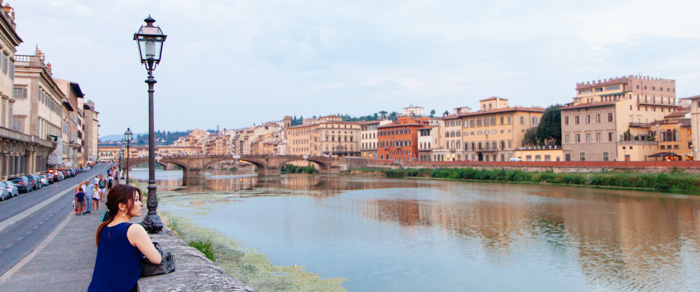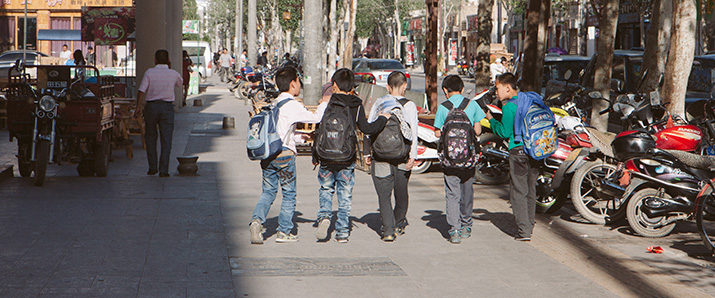
The Appearance of Having More
Is to be plain to be poor? The Chinese seem to reject with a vengeance anything that isn’t flavoured, coloured or printed.
The banality of plain water was undesired by a single passenger on my China Southern flight, and more refills for synthetic juices and comparatively pricier beers were called for. The mineral water available in hotels were all flavoured with plastic pineapple and mango. It is not a matter of taste, but of tasting more.
The women on the streets were all dressed in heavily floral blouses against fully patterned skirts, and clad in outlandish bags and shoes with random frilly laces and cloths stitched on for added value. One does not err on the side of caution, one errs on the side of appearing to have more.
A Generation of Contrast
The older Chinese men on the other hand, are primarily dressed in old school navy blue tweed jackets and straight cut pants; leftover relics from a different time. The emphasis here isn’t on abundance, rather it projects an image of equality through surface uniformity, and is indicative of military level discipline.
Toilets
Even at international hubs such as airports and museums, squat toilets are the standard option available, and the door locks merely for decoration. Young, innocent looking women in neat ponytails, squat crudely above these toilet stalls with the doors wide open while taking a dump, peering at you from under large glasses.
Stepping into a toilet along the highway is comparably a more opulent experience, with its grandiose size and excessive marble tiling, quarried readily from the reserves nearby. This initial sense of euphoria is immediately shattered when you enter any cubicle – all with perfectly cut rectangular holes in the polished marble floor.
This is actually worse than earthen holes in the villages. For one, marble does not absorb smells or break down waste material; it is excrement extrait. For another, the lack of friction increases the chances of slipping into the shallow slices. Having spotted some women exiting casually in needle-pointed heels, I couldn’t help but admire the unspoken skills they possess.
Quick Routes
From the infamous Great Wall to the monotonous cross-desert highways, it is probably Chinese to be constantly constructing and conjoining. One would think that the far west of China bordering Pakistan, India, Tibet and Mongolia would be difficult to access by road, but in reality the highways are unromantically straightforward.
The endless scenery of brown mountains and bland desert flatland, which is occasionally spruced with skinny white windmills, can easily lull the driver into a dreamworld. Should one stop adhering to the ruler-straight precision he is supposed to drive to, thick strips at the sides of the road grumble in a grinding bass tone, while vibrating the vehicle violently. “Wake up and carry on!”
The age-old adage of journey versus destination is inapplicable here. Rather the question is, ‘how fast did you go to achieve the goal?’. The journey is merely a platform for display, and the destination a milestone for calculation.
Constant Construction
The small cities along the way were all iterations of the same algorithm build – drab concrete buildings towering straight to the sky, and drab asphalt roads running straight from point A to B. Yet the cars puff drunkenly, and the sidewalks buzz with the chaos of human traffic, constantly spilling over to the roads and seeping through a maze of metal to get to the other side.
Stores sprout like manufactured mushrooms, planted in neat rows aligning both sides of every street – bakery, supermarket, clothing, shoes, pharmacy, restaurant, bakery, supermarket, clothing, shoes…
The metallic, metropolis sounds of drilling and hammering can be detected on every other street corner, in a frenzy to erect the next biggest structure, thrusted crudely towards the sky.
Getting to the future quickly comes at the cost of slowing the present down. It takes two whole hours just to drive from one side of Urumqi city to the other; but the people’s and the city’s future are perhaps two separate considerations.
Interesting Reads:
1. Traditional Cultural Values, Political Ideologies and Luxury Consumption Desire in China (Macquarie University) – http://qr.net/kr0F
2. How the Chinese Communist Party Destroyed Traditional Culture (Epoch Times) – http://qr.net/kr0L
Part 2 can be found here: An Observation on Chinese Culture: Part 2
More from china
Writing
A Thousand Years in the Mogao Grottoes: #2
Writing
An Observation on Chinese Culture: Part 2
Writing
A Thousand Years in the Mogao Grottoes: #1
Writing
A Thousand Years in the Mogao Grottoes: #3
Photography
A Snowy Surprise at the Southern Pastures
Photography
The Drive From Turpan to Kumul (Hāmì)
Writing
The Passage to Lanzhou: #1
Photography
The Rich Silk Route History of Turpan: Part 2
Writing
The Passage to Lanzhou: #2
